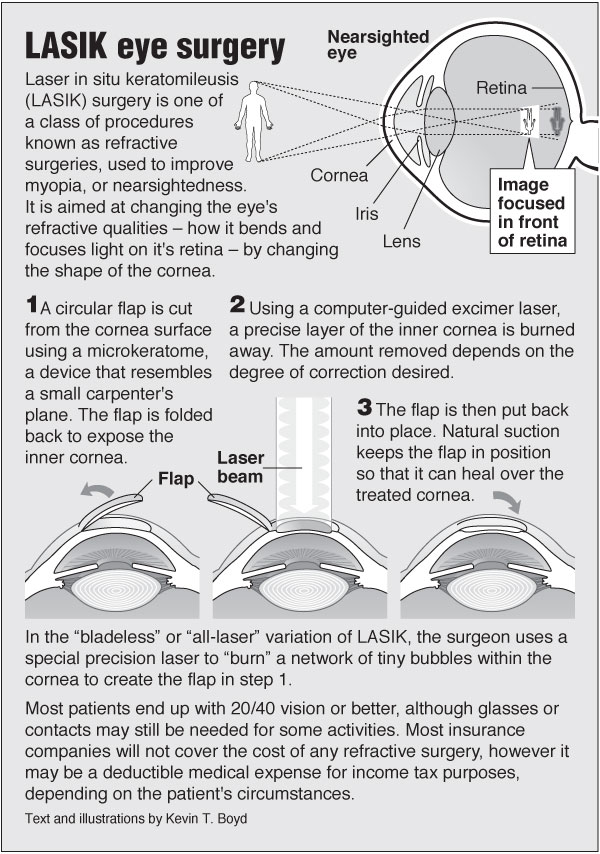Substantial Alterations In Your Youngster'S Actions Could Indicate Possible Vision Concerns; Discover To Identify The Indications That Demand An Eye Exam To Sustain Their Healthy Development
Substantial Alterations In Your Youngster'S Actions Could Indicate Possible Vision Concerns; Discover To Identify The Indications That Demand An Eye Exam To Sustain Their Healthy Development
Blog Article
Written By-Ovesen Vind
As a moms and dad, you play an essential role in your kid's wellness, especially when it concerns their vision. You may discover specific habits that could signify a requirement for an eye exam. Squinting, constant eye massaging, or issues of migraines can be more than just minor annoyances. Comprehending these indications is crucial for your kid's advancement. So, what should you try to find following? Allow's explore the typical signs and symptoms that can indicate a vision issue.
Common Symptoms of Vision Problems in Children
When you observe your kid fighting with day-to-day tasks, maybe an indication of vision problems.
Try to find signs and symptoms like squinting, rubbing their eyes regularly, or turning their head to see far better. If they have actually trouble analysis or appear to shed their place commonly, that's one more indication.
You might additionally see them whining about headaches or experiencing eye strain after extensive periods of analysis or utilizing screens.
In addition, if your kid prevents tasks that need good vision, like sports or drawing, it deserves focusing on.
Expect any type of uncommon actions, as these signs can indicate underlying vision problems that require expert assessment.
Early discovery can make a huge distinction in their aesthetic advancement.
Age-Specific Vision Milestones to Screen
Every parent should watch on their child's vision growth as they expand.
At around 6 months, your infant must start tracking moving objects. By age 1, they need to have the ability to concentrate on and identify familiar faces.
In between 2 and 3 years, search for enhancements in hand-eye sychronisation, like piling blocks or tossing a ball.
By age 4, youngsters must be able to determine forms and shades, and they could start to identify letters.
If your child struggles with these milestones, it's necessary to remember. Monitoring their development helps you capture prospective issues early, ensuring they obtain the vision treatment they require for a bright future.
Keep proactive concerning their vision health and wellness!
When to Arrange an Eye Exam for Your Kid
Checking your child's vision development is important, however knowing when to set up an eye exam is equally as essential. https://www.irunfar.com/vision-loss-in-ultramarathons-looking-at-the-research of Ophthalmology suggests your youngster have their initial eye exam at six months old.
After that, routine follow-ups at age three and again before they start institution. If your child shows indications of vision concerns-- like scrunching up your eyes, difficulty reading, or headaches-- do not await the following scheduled appointment.
Furthermore, if there's a family history of eye troubles, positive tests are necessary. Watch on any type of adjustments in their vision or habits, and count on your impulses.
Regular examinations can help catch possible concerns early, guaranteeing your child has the most effective possibility for healthy and balanced eyesight.
Final thought
In conclusion, staying sharp to your youngster's visual routines is essential for their eye health. If you see any indicators like scrunching up your eyes, eye rubbing, or trouble with analysis, do not wait to schedule an eye test. Bear in mind, early detection can make a substantial difference in their visual advancement. Depend on https://drive.google.com/file/d/15MpA-o02mvCMW7_BTQt6sSEa7dT_x3N7/view?usp=drive_link as a parent, and ensure your child gets the care they need to flourish. Regular check-ups can help keep their eyes healthy for many years ahead.
